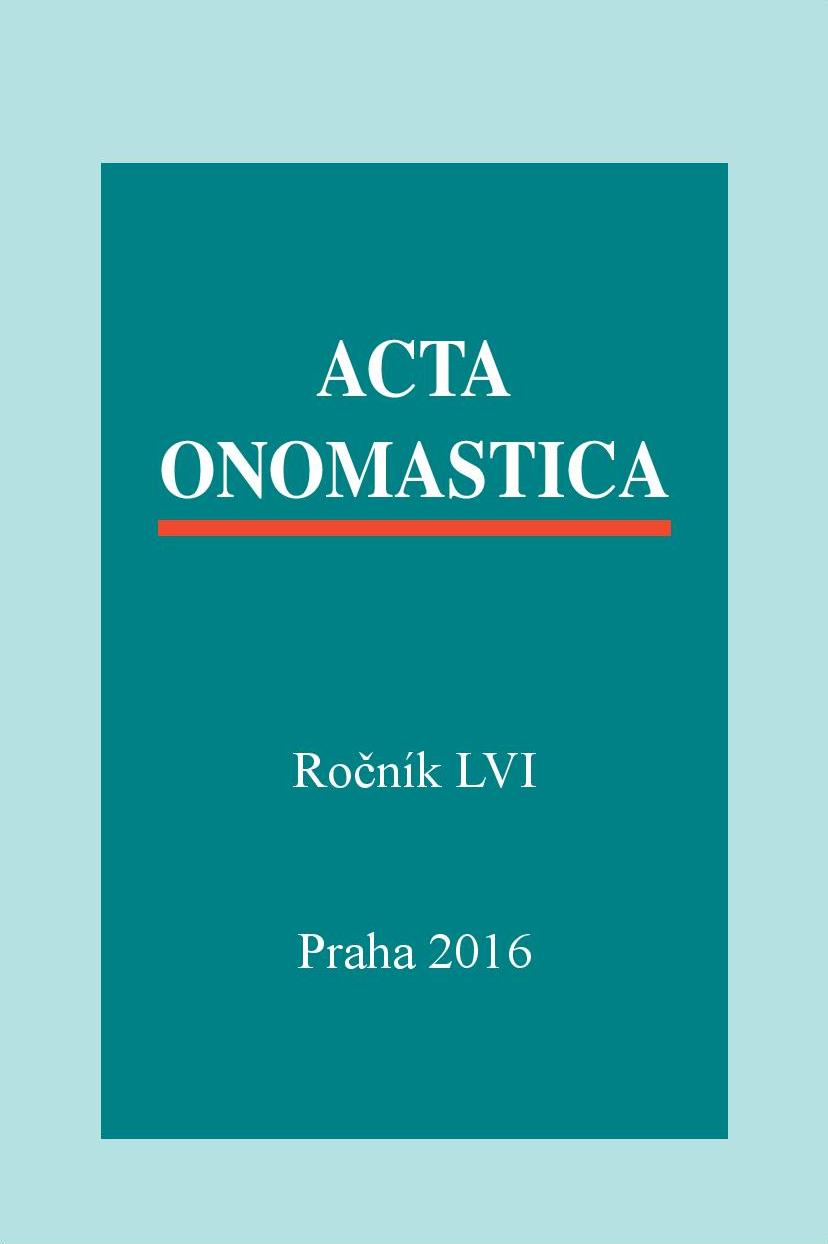Co stojí za nečitelností současných japonských rodných jmen: Jména s narušeným vztahem mezi zvukovou a grafickou podobou
What Makes Contemporary Japanese Names Hard to Read: The Phenomenon of Rising Discordance in the Sound-Character Relationship in Given Names
Author(s): Ivona BarešováSubject(s): Language and Literature Studies
Published by: AV ČR - Akademie věd České republiky - Ústav pro jazyk český
Keywords: Japanese given names; kirakira names; native readings of kanji; Sino-Japanese readings of kanji; nanori
Summary/Abstract: One of the current issues concerning Japanese given names that has been widely discussed in the media and increasingly in academic literature are the so-called kirakira nēmu (‘shiny, sparkly names’), characterized by unusual and interesting sound and graphic forms. A typi-cal feature of most of these names, written in Chinese characters, is a discordant sound- -character relationship, which makes them hard or even impossible to read. This type of name started to appear in the 1980s, experiencing a boom at the turn of the millennium. The rather negative consequences of this phenomenon, however, started to appear only recently, when generations with a high concentration of such names started to become socially active (attending schools, entering the workforce, etc.). Through an analysis of a corpus of 8,390 current children’s names, this paper seeks to identify particular types of deviations in the sound-character relationship and thus pinpoint what it is that makes current names hard to read.
Journal: Acta Onomastica
- Issue Year: LVI/2016
- Issue No: 56
- Page Range: 8-24
- Page Count: 4
- Language: Czech

